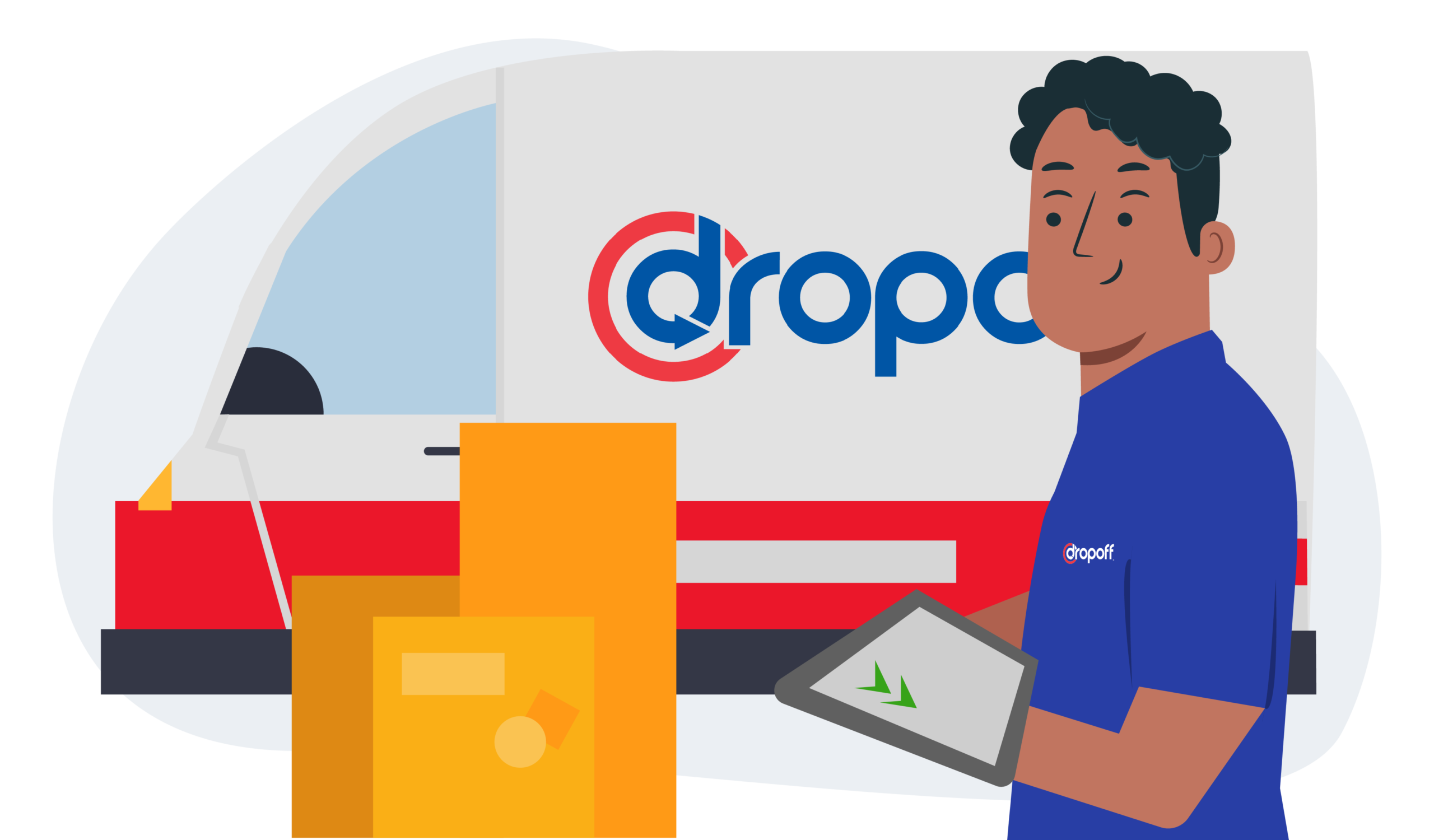How Nonprofits Can Utilize Outsourced Delivery

Though retail and grocery tend to come to the forefront when discussing the evolving demands and methods of delivery, there’s another industry strongly impacted by the distribution of mail and goods: nonprofits. Delivery plays a vital role for nonprofits, such as delivering relief supplies and sending direct mail to advocate, raise funds, and communicate with donors. And the impact appears to be mutual. According to the Alliance of Nonprofit Mailers, nonprofits make up 10% of mail volume for USPS.
From school supplies to medical supplies, nonprofits are constantly delivering goods and provisions to the communities they serve. On a large scale, the United Way works in almost 1,800 communities and serves nearly 61 million people each year through health clinics, homeless shelters, and food kitchens.
Delivery, however, is a major pain point for nonprofits. Public scrutiny of fund usage and bureaucracy just scratch the surface of the delivery obstacles nonprofits face. Yet, nonprofits are especially poised to benefit from the ability to achieve faster, reliable delivery. With better delivery comes more efficient outreach to existing and potential donors, as well as the ability to provide communities with what they need when they need it most.
The Red Tape of Delivery for Nonprofits
A recent report revealed that nonprofits are severely low on cash. According to the report, three in 10 nonprofits currently have cash reserves covering less than just one month of expenses. Since managing complex and extensive deliveries takes time and money, looking outward for delivery management might be nonprofits’ best option. But even major delivery providers like USPS don’t always make it easy.
Through USPS, eligible nonprofits enjoy reduced postage fees. However, nonprofits must qualify (not all do) and take multiple steps in order to receive such discounts and don’t necessarily have the ability to achieve last-mile delivery.
The most influential delivery trend that’s been making waves in the past couple of years has been the rise of same-day delivery. A recent survey from Dropoff showed that it’s not just retailers and grocers that need to adjust to meet the demand for faster delivery times—industries like health care and nonprofits are affected, too. But because nonprofits’ core mission surrounds services, logistics and delivery often take away from the ability to provide service by draining already limited resources.
What Nonprofits Can Accomplish When Delivery is Done Well
Delivery is at the center of most nonprofits’ support efforts. Whether it’s delivering art supplies to provide children with access to art education or transporting blood donations to hospitals, the goal is to bring communities and individuals the supplies they need to be well. In these instances, a late delivery isn’t just an inconvenience, but potentially debilitating.
Dropoff partners with nonprofits, such as AIDS Foundation, YMCA Dallas, and City ArtWorks, to ensure they’re able to reach communities in a timely and efficient manner. This means nonprofits can focus on serving rather than organizing delivery details such as fleet management or safely delivering sensitive supplies and goods. Dropoff also helps nonprofits achieve same-day delivery, which is imperative for a nonprofit’s ability to respond to emergency situations quickly.
With easy, seamless delivery also comes opportunities to support greater efforts on a smaller scale. For example, in December 2016, Dropoff partnered with Refugee Services of Texas, which helps refugee families adapt to new communities, to collect and deliver over a thousand diapers to families throughout Austin. Support efforts like this help nonprofits go above and beyond to reach those in need.
The Benefit of Outsourcing Nonprofit Delivery
Aside from relieving nonprofits of the pressure to meet increasing demands surrounding delivery on their own, outsourcing delivery provides an avenue for national companies, and even philanthropies, to operate on a local level. This means reaching more people on a more intimate level while streamlining operations.
According to the 2017 Annual Report from the Salvation Army, the nonprofit currently has over 7,500 centers of operation. Just in the last year alone, the organization has assisted over 24 million people with natural disaster relief, holiday gifts, meals, and more. Utilizing a same-day delivery service within local markets can enable large-scale nonprofits like the Salvation Army to be logistically responsible and engaged in local communities all over the country.
To learn more about how Dropoff assists businesses achieve last-mile delivery, visit our solutions page.






